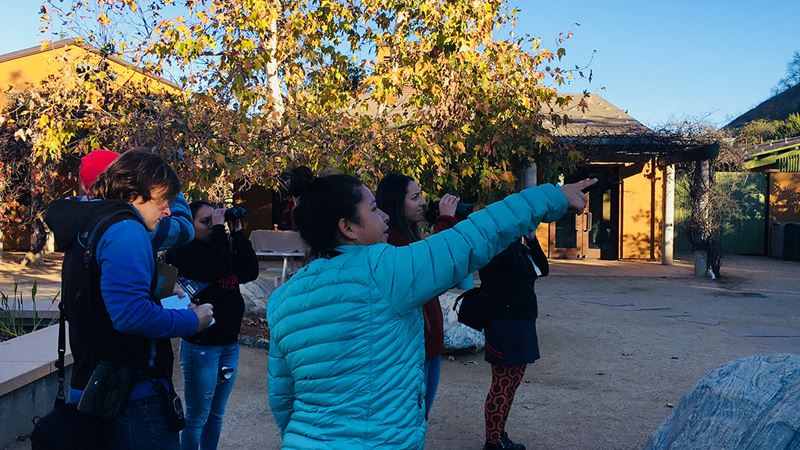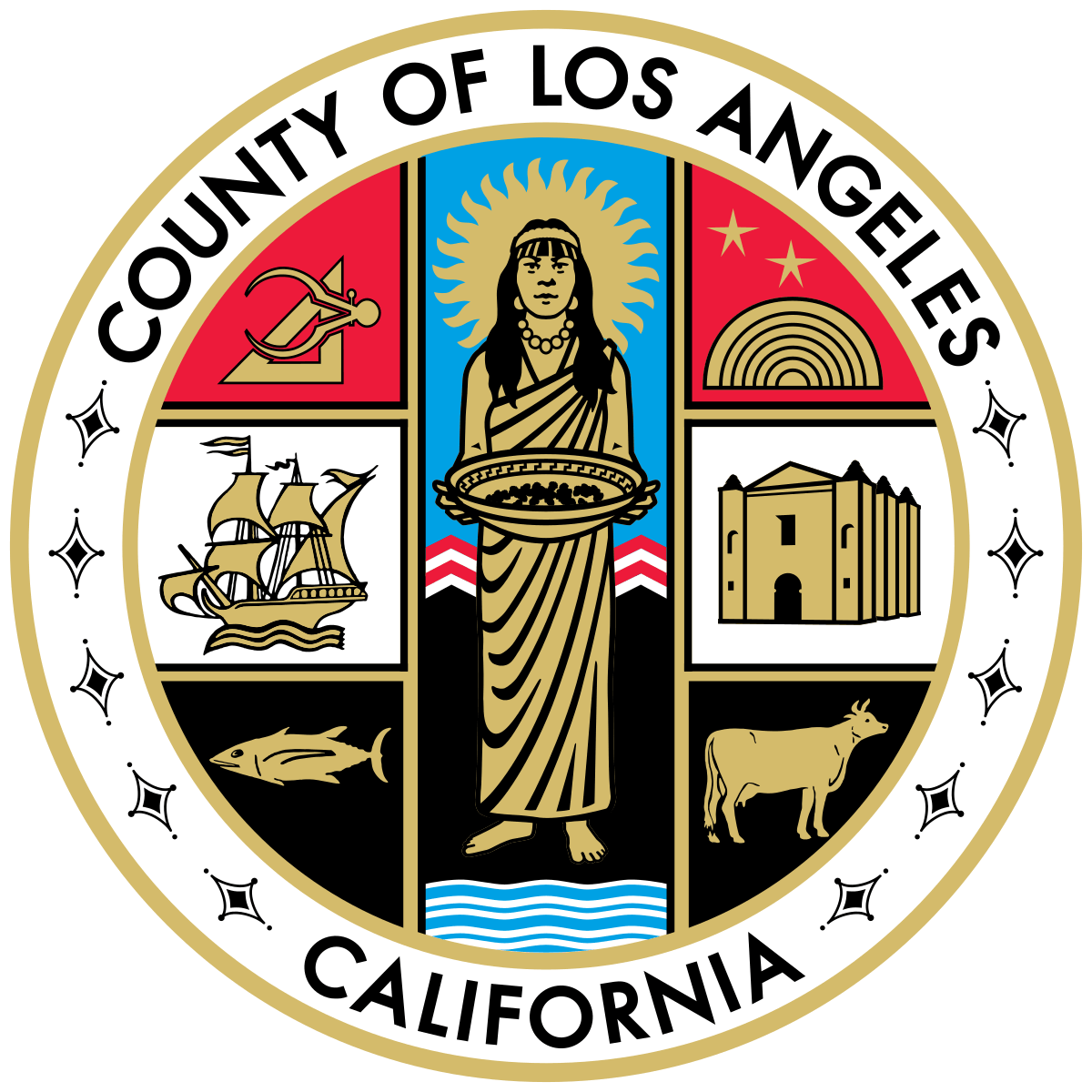Birding Along LA County Trails
Marcos A. Trinidad
Center Director- Audubon Center at Debs Park
Stop. Listen. Look up. What do you hear? What do you see? Wherever you are, chances are you might be able to hear or spot a bird. In LA County birds are EVERYWHERE, and if we stop to pay attention we might just be able to learn something.
When people think of nature in Los Angeles, the first thing that comes to mind is likely palm trees and the beach, and not much else. Or maybe they think of Griffith Park or Runyon Canyon – which might bring to mind images of dry, hot, trails that serve as a backdrop for selfies and social media posts more than anything else. More often than not, people might even laugh at the general thought of nature in Los Angeles, picturing a smoggy concrete jungle devoid of any greenery at all. To most people outside of LA, and even for many people who grew up in the area, the LA River is just that bare concrete channel where they filmed the Terminator and Grease.
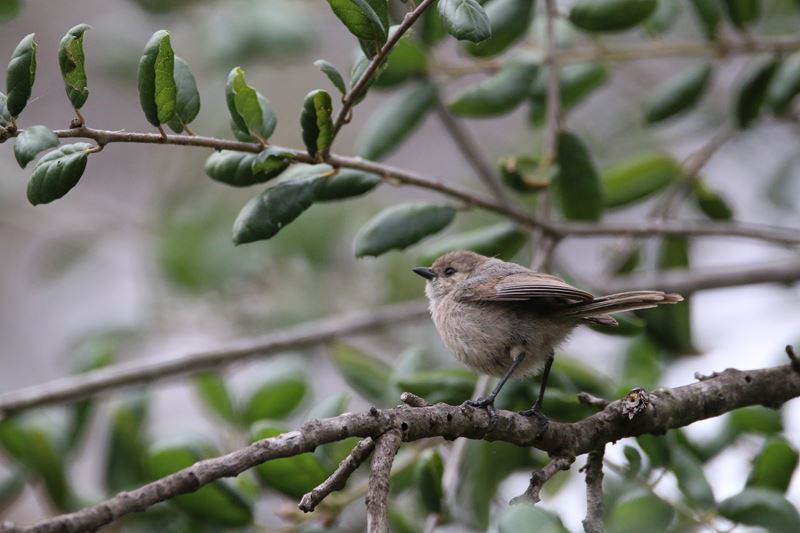
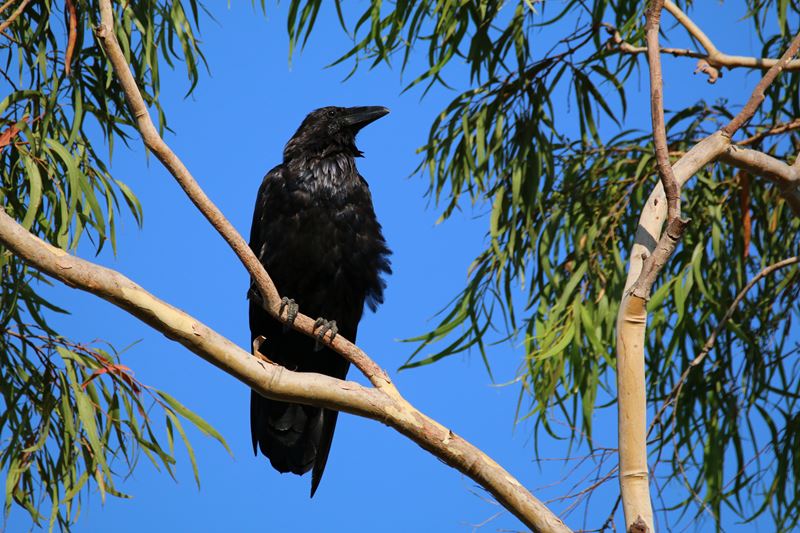
In short, whatever images may come to mind, the Los Angeles area is not known for its nature. Especially for those who grew up in areas like the Great Lakes or the Pacific Northwest, where fresh water and lush foliage extends as far as the eye can see, the idea of nature in LA may warrant scoffs and skepticism. Yet the Los Angeles area offers some of the richest biodiversity in the country. When it comes to birds, there are hundreds of different species that have been seen in the LA area. In Debs Park alone, we’ve recorded over 143 different species. During the Spring and Winter seasons we get an especially diverse array of bird species, as millions of birds migrate up and down the Pacific Flyway to reach their breeding grounds, where they mate and raise young through the summer and fall. Many of our local open spaces and waterways, such as the Los Angeles River, provide essential habitat for both local and migratory birds.
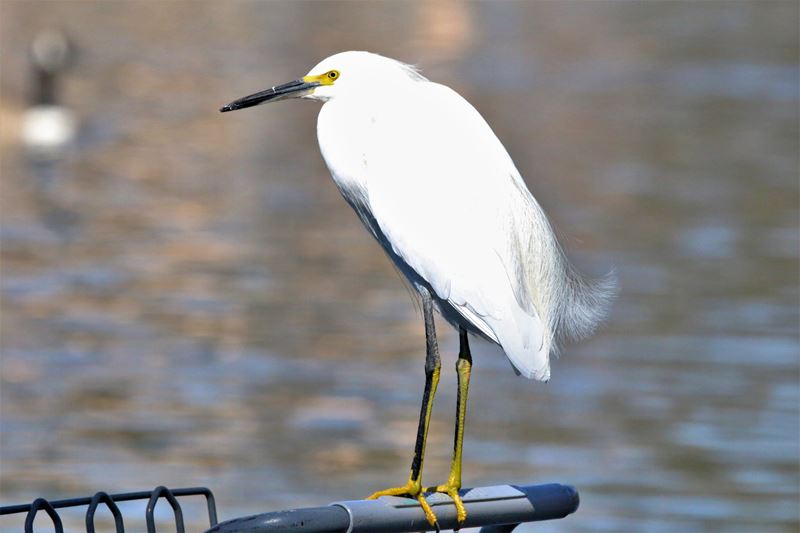
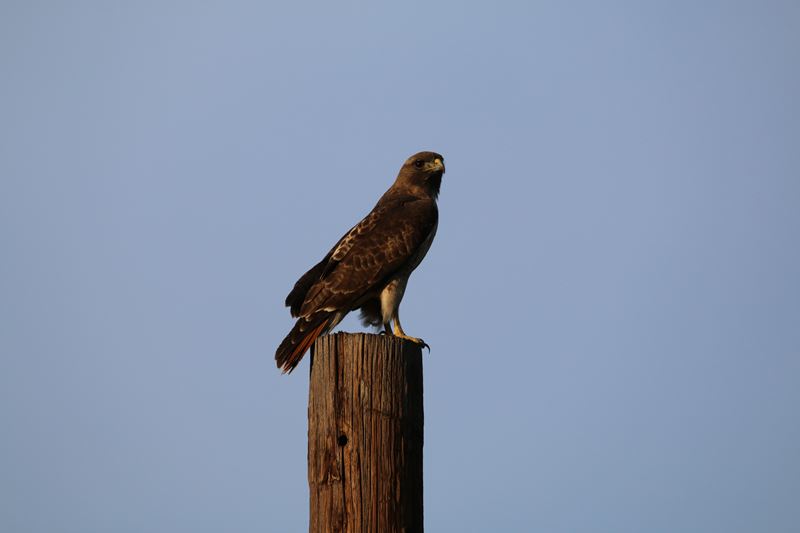
On the trails, see if you can spot red-tailed hawks, ravens, or turkey vultures soaring through the sky. Look for subtle movement in nearby oaks, walnut trees, or sycamores, where you might spot warblers, bushtits, or gnatcatchers. Keep your ears open for scratching sounds and scan under trees and brush to catch a California or Spotted Towhee, which can often be found searching for morsels among fallen leaves. Listen for repetitive, hollow tapping and you might be able to spot an Acorn, Nuttall’s, or Downy woodpecker.
If you’re by a water source, keep your ears open for the peeps of black phoebes as they swoop up into the air and back down, catching small insects along the way. Listen for the sweet singing of song sparrows among reeds and cattails, and while you’re looking in that vicinity keep your eyes peeled for the bright flash of yellow, characteristic of the common yellowthroat. To catch a glimpse of a Great Blue Heron, Snowy Egret, or Great Egret, watch for flashes of bright white or subtle grey moving elegantly along the banks of a river or pond.
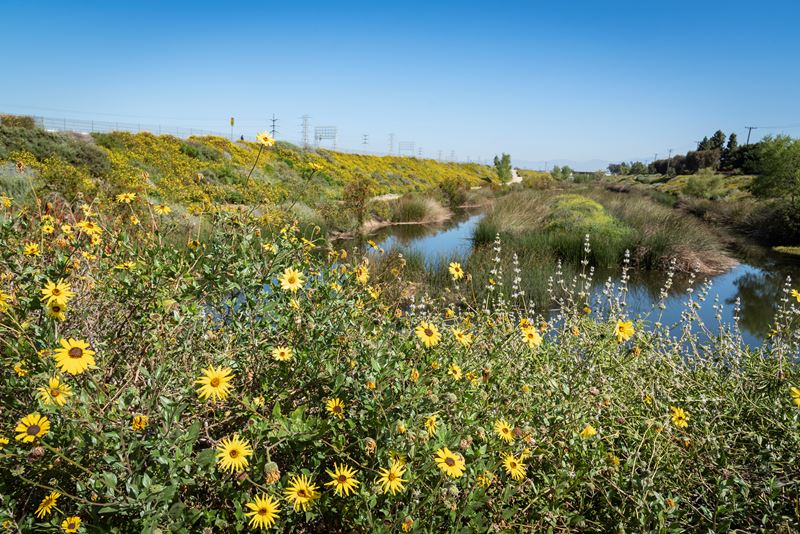
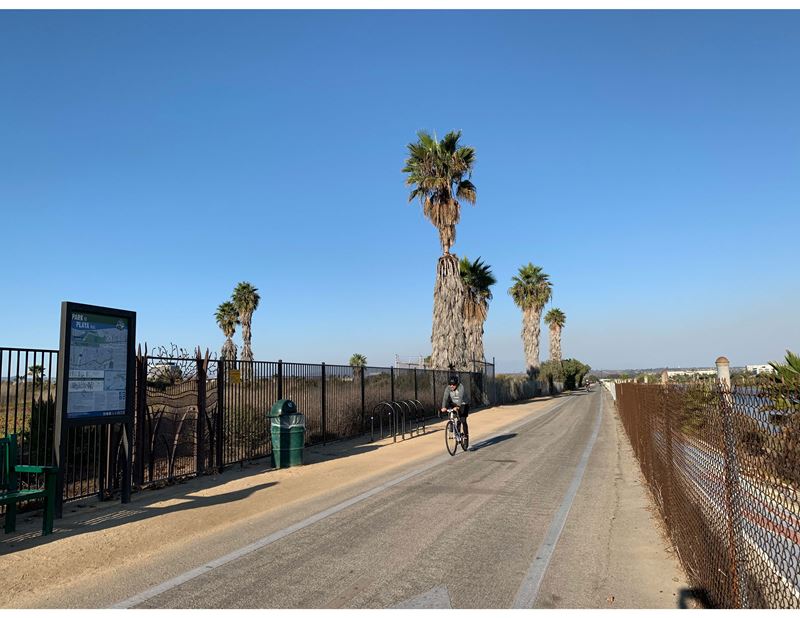
If you’re able to get out to a local trail or wilderness area, or even just a neighborhood park or a stretch of the Los Angeles River, the species above are just a small percentage of the many bird species that you might be able to spot around LA County. Unfortunately, as many of us know, access to natural areas and open space is not equitable across the County. While some neighborhoods have an abundance of parks and greenspace, others have little to none. It’s no coincidence that the areas which are “park poor” are predominantly low income communities and communities of color. This inequity has physical and emotional repercussions for not only the current generation of community members but for future generations as well. This is something that the Debs Park Center, in collaboration with a wide and diverse network of community partners, has identified as a critical area to take action on in order to ensure the success and sustainability of not just our natural spaces but our entire society as a whole.
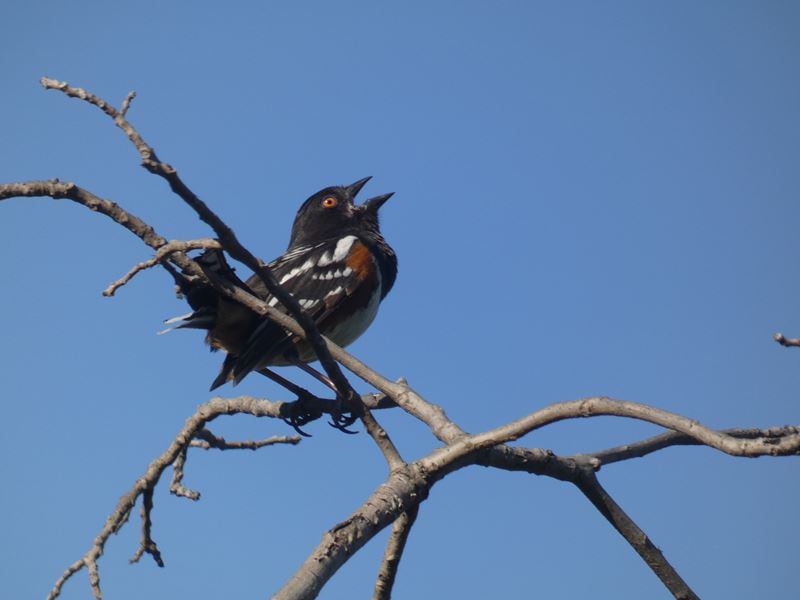
Despite the political, economic, and cultural work that still needs to be done to ensure access to nature for ALL, the great thing about birds is that they are one of the few wild animals that almost anyone can interact in their day to day life. Whether it’s a hawk perched on a light-pole along the freeway, a crow scavenging through a nearby dumpster, or a house finch nesting in your gutter, birds have infiltrated almost every outdoor space we might encounter throughout the day. It’s incredible to witness the myriad of ways that they have adapted to our urban environment.
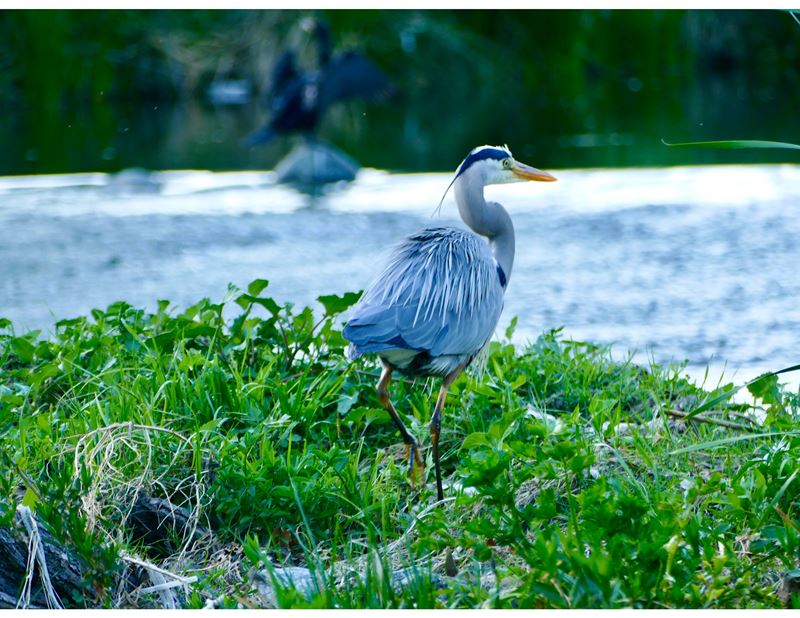
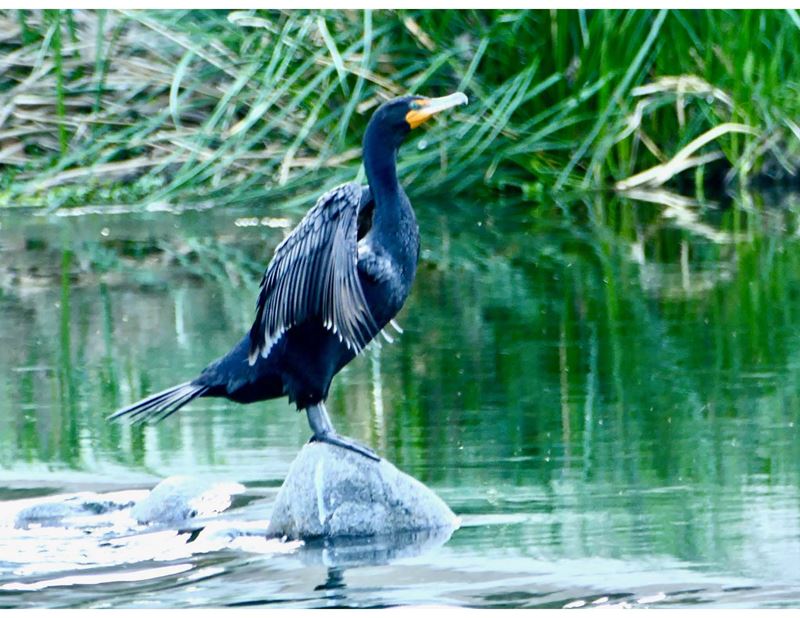
As an indicator species, birds can tell us a lot about the health of our local ecosystems and the critical role that humans play within the broader community of all living things. By paying attention to birds, we can learn about the health of our local plant communities and waterways, our air quality, weather patterns, impacts of global warming, and more. Just by paying closer attention to birds, we can see the infinite ways in which we are all connected to the land and each other, not just locally but globally as well.
Birds are an essential entry point through which to develop a deeper connection with the land and ALL of its inhabitants. Not just because they tell us so much about the natural world and ecosystem around us, but because they are a common presence in almost all of our lives. We’ve found that almost everyone has a bird story, and these stories have the power to connect us across diverse socioeconomic boundaries.
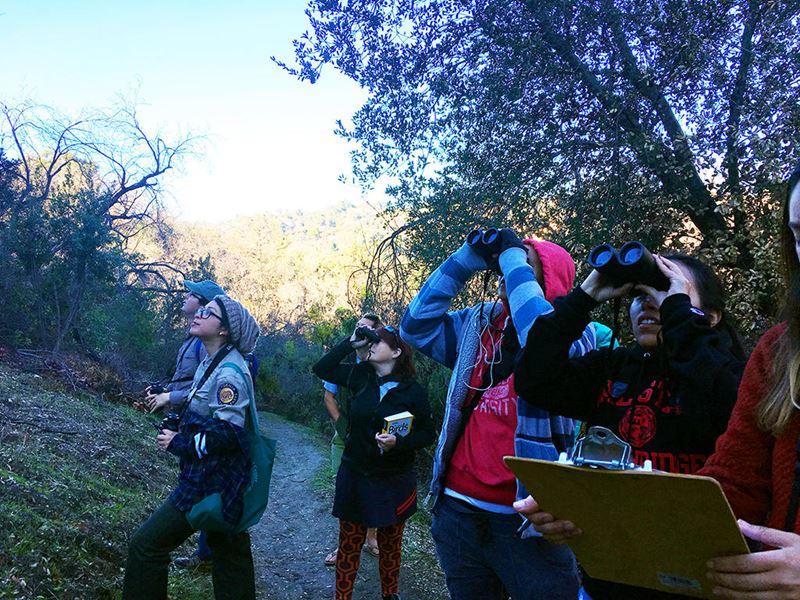
One of the most common questions we receive at the Center is “I’m interested in birding, how should I get started?” And our answer is simple: just get out there and do it! Take a walk around your neighborhood and practice tuning in to the sounds and motion that you see around you. Over time, you’ll start to recognize the same birds in the same areas, and will begin to make the connections of where they might live, what they might eat, how they interact with other birds, and what time of day they’re most active. Of course, it helps to have binoculars, field guides, and an experienced birder to show you the ropes, but that can all come with time. To get started, all you really need is yourself and an interest in exploring the world around you.
The Audubon Center at Debs Park is located in Northeast Los Angeles, and will be reopening to the public in late June. Their mission is to inspire people to experience, understand and care for the local natural world. Contact debspark@audubon.org with any questions, comments, or concerns.
